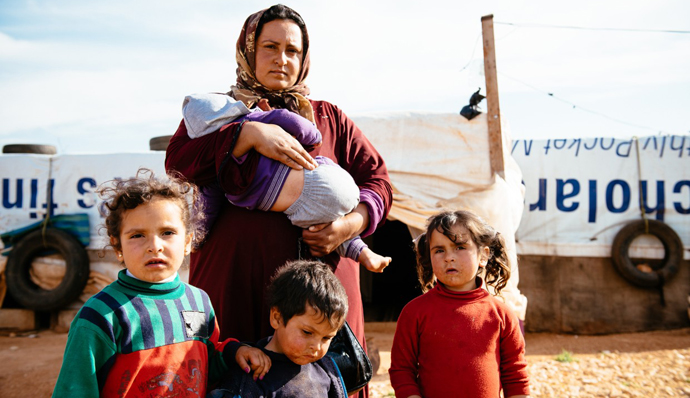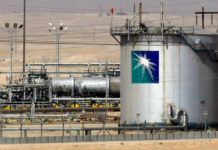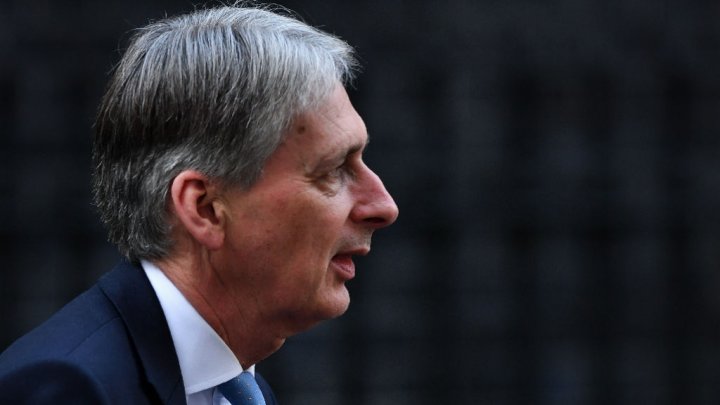By: Doaa Hussein
For him, life was not that large. He has a spouse, 2 children, and a business to take care of.
Ahmed is a young Syrian man, who had a number of firms in the industrial sector located in his home town.
After the Syrian revolution, he decided to head to a neighbouring country, Egypt, at the aim of finding a new chance to live safely by his small family.
However, in a developing country like Egypt, there is a little opportunity for new businesses to grow exponentially.
Hence, Ahmed ‘a nick name’ decided to choose a new destination, and this time he head to Europe.
Syria is considered the main cause of migrants’ recent flow in the world, due to the growing crisis after 2011, which means that in every 4 refugees there is one Syrian.
In 2015, about 812,705 asylum seekers applied to the EU, compared to 626,065 last year, as data from the Eurostat Statistics Agency showed last month.
Migrants have two ways to enter EU, either from turkey to Greece, or a more hazardous voyage from Libya to Italy, according to The EU’s external border force “Frontex”.
Ahmed chose England to be his destination; he used the first above mentioned illegal route through turkey to Europe.
However, The European Union has signed a deal with Turkey worth €3bn, aimed at stemming the flow of refugees into the Euro zone countries amid worries over its feasibility in impeding a new migration crisis this year.
The Turkish borders are highly secured; however, Ahmed managed with the help of some local smugglers to cross it after 4 failed attempts, He finally reached Greece, where there are specific forgers to make him up a passport and visa to the British capital London.
Many European countries, including Britain, issued a system to cut back the surge of the illegal immigrants. The Dublin system requires that asylum applications be dealt with by the first country of entry.
England suffered from a large number of asylum seekers that impose a danger for its safety, especially after Paris bombings last month.
Ahead from England’s referendum whether to stay in the Euro Zone or not, one of the main arguments of the British campaign is that the Dublin regulations allow the UK to deport asylum seekers if Britain is not the first European country that they arrived in.
Despite restrictions, Ahmed used his forged passport to go over British airlines, which he tore up while being in the plane and submitted himself to the British airport authorities, who let him go after making sure that he didn’t have any illegal stuff.
Many of his relatives used this method to flee to the developed countries without being caught, Ahmed says.
“This is further evidence that as part of the EU the UK does not have control over migration or asylum policy.” said a spokesman for Vote Leave to the Independent British newspaper.
Alongside, most Syrian refugees head to Germany, which received over 1 million refugees in 2015 only.
The German Chancellor Angela Merkel is trying now to impose more restrictions over the German borders against asylum seekers.
Merkel has come under fierce pressure in recent months to reverse her open-arms policy to those fleeing war and persecution, including opposition from her own conservative camp.
Last week, Germany lifted refugees’ right to bring in their families from their home countries in the upcoming two years.
“In principle we speak of about two-thirds, meaning approximately 65 per cent of the 32,000 will get a negative decision (on their asylum applications),” Päivi Nerg, administrative director of the interior ministry, told AFP.
However, the call of the European Central Bank last week to get benefit from the huge stream of refugees in boosting the Euro Zone economies, six European countries forced border controls, and suspended their Schengen membership in order to ban the flow of more immigrants.
In Sweden, Interior Minister Anders Ygeman said last Wednesday that the government was planning over several years to deport up to 80,000 people with rejected asylum applications, adding that, as in Finland, the operation would require the use of specially chartered aircraft.
These constraints came after the elevating death toll of refugees who try to reach Europe through Greek and Italian coasts.
Nearly 4,000 people died trying to reach Europe by sea in 2015, according to the International Organisation for Migration.
Greek rescuers found this month 25 bodies, including those of 10 children, off the Aegean island of Samos, in the latest tragedy of migrants who don’t fear risking the dangerous Mediterranean crossing hoping to start new lives in Europe.
The Italian navy, meanwhile, said it had recovered six bodies from a sinking dinghy off Libya – and in Bulgaria, the frozen bodies of two men, believed to be migrants, were found near the border with Serbia, according to the Guardian.
As of Ahmed, refugees forget about their fears of probable death, hoping to get safe shelter, good education, and life conditions for their families, and children.















